The Altare della Patria (Victor Emmanuel II National Monument) is perhaps the most photographed monument in Rome.
It is now an essential part of the city landscape, but it has come at the cost of the destruction of a vast medieval and Renaissance quarter.

Where there is now the Altare della Patria there was until 1886 the Tower of Paul III, in addition to the Ara Coeli Monastery and many other buildings.
The tower was built in 1535 by Pope Paul III Farnese as his summer residence and was connected by a pass, a passage resting on arches, to the Palazzetto Venezia.
In 1885, the construction began of the immense monument to Vittorio Emanuele II, who had died in 1878.
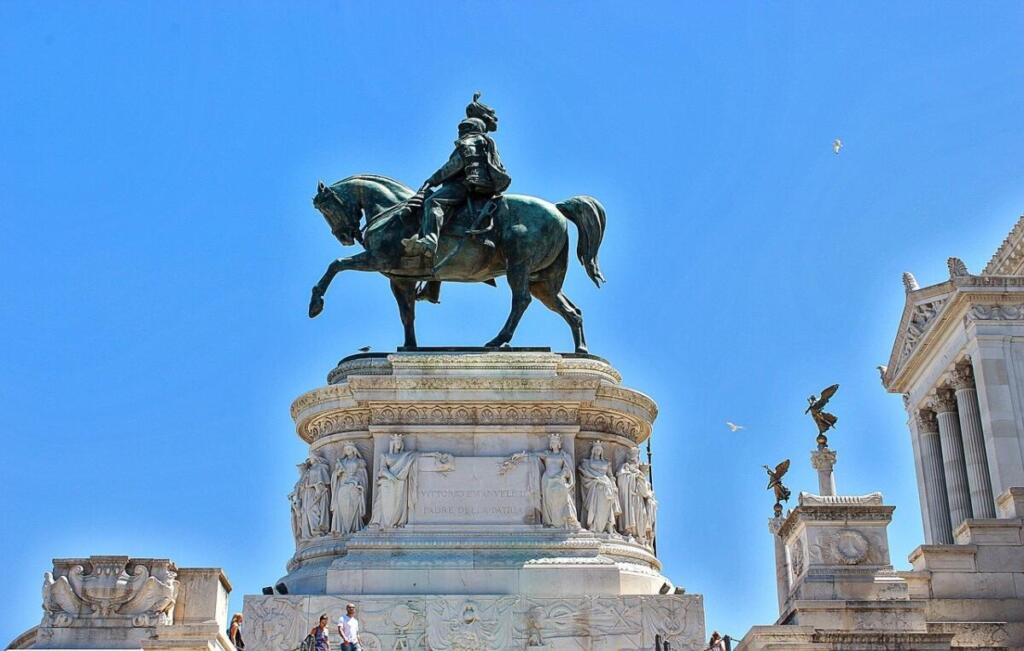
It took fifty years to complete the work which was however inaugurated in 1911, even though incomplete. At the inauguration, the incredible photograph was taken inside the equestrian statue of the King, with the foundry workers who made it.
Piazza Venezia was built by demolishing a number of buildings, the most important of which was Palazzo Torlonia.
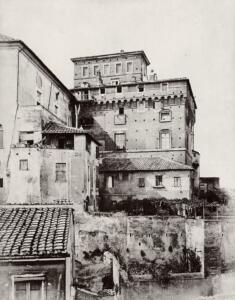
In fact, the Torlonia family had become the wealthiest family in Rome and perhaps Italy, they had purchased many palaces and villas in Rome and the surrounding area during the nineteenth century, including Villa Albani, Villa Torlonia, Villa dei Quintili and Palazzo al Borgo in front of St Peter’s square.
But their main location was this building in Piazza Venezia, purchased in 1807 and transformed into a palace, with the work of the main artists of the time. Stendhal in 1827 said that in this palace of Prince Giovanni Torlonia there were more beautiful and better organized parties than those of all the sovereigns.
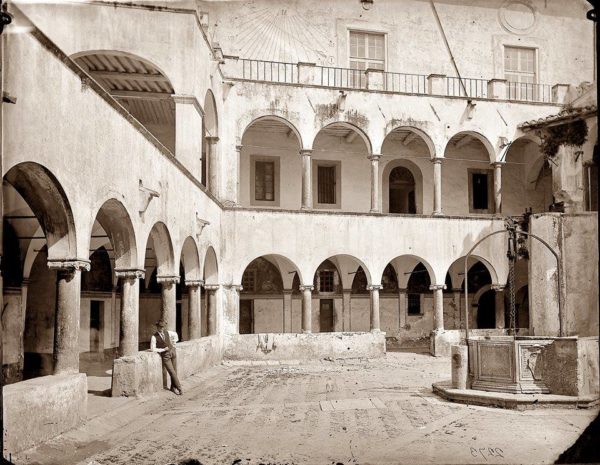
Here the king of Bavaria, the grand duke of Russia, the grand duke of Tuscany, the Bourbon kings, met ... It included a theatre, an art gallery and what even looks like a small racecourse. I suppose the Torlonia were adequately compensated, being in excellent relations with the monarchy.
Instead, the placement of the monument in this central place of the city was clearly a symbolic test of strength against the Papacy, which had not accepted the taking of Rome.
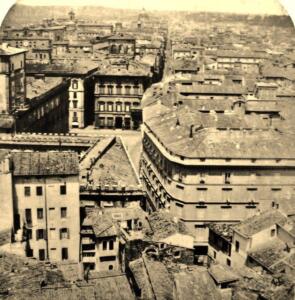
Palazzo Torlonia, demolished in 1903, was located in the centre of the current square, while on one side there was the Palazzetto Venezia, which wuold be dismantled and rebuilt where it is now.
On the other two sides there were, and still are, Palazzo Venezia, built in 1465 by the Venetian pope Paolo II Barbo as his own residence.
The palace then became the seat of the ambassadors of Venice, as long as that Republic remained alive, and Palazzo Bonaparte, purchased by Napoleon's mother.
The house of Giulio Romano was also demolished and in the excavations, in addition to many finds from ancient Rome, were the remains of a mastodon, a large prehistoric elephant from the upper Pliocene, whose remains were found in a basement of the altar.
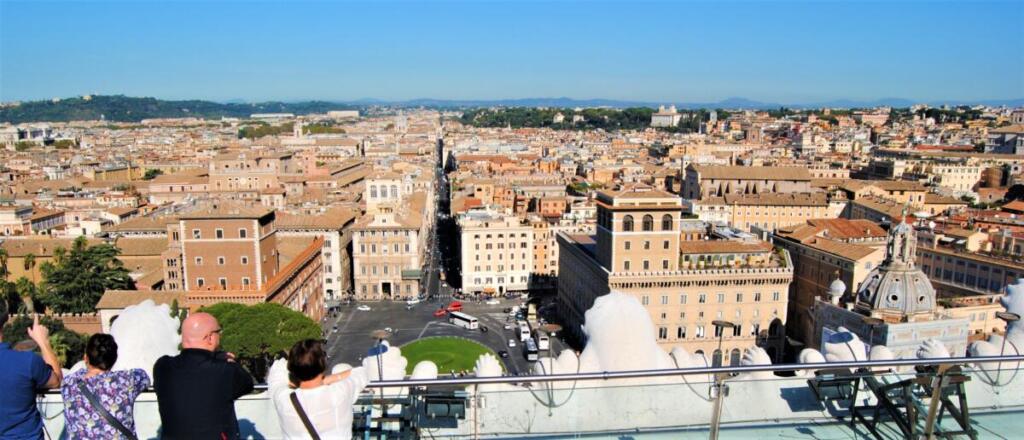
From 1932 the Via dell'Impero and the Via del Mare were built, completing the demolition of the neighbourhoods, but also recovering the vestiges of the Roman Empire.





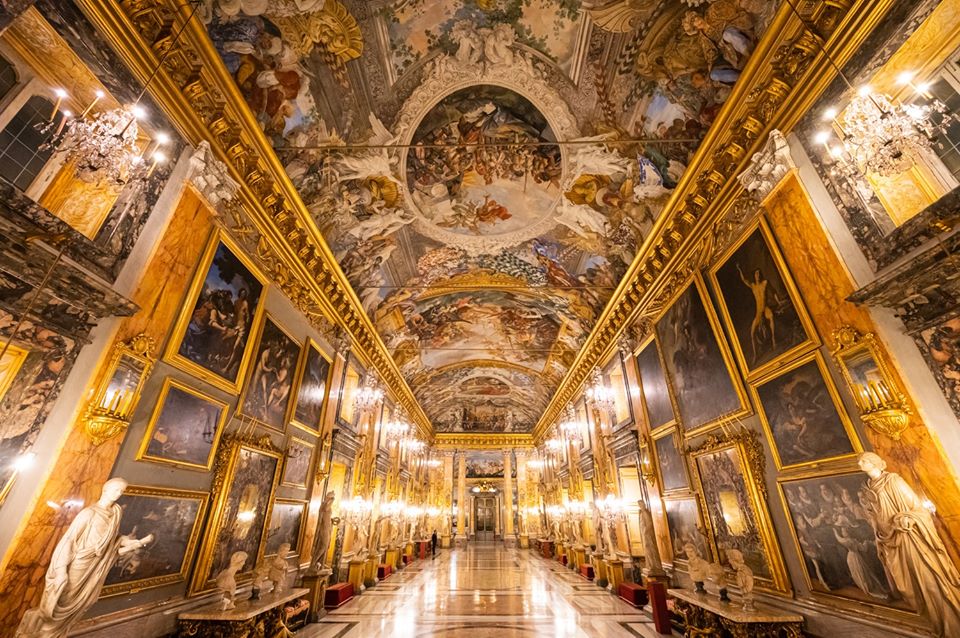

Follow us